Are you looking to add a headboard to your bedroom to give it a finished look? If so, you may be wondering how high should a headboard be above the mattress. The optimal height for a headboard can vary depending on the size of your bed, the type of mattress you have, and your personal preferences. In this article, we’ll discuss the optimal height for a headboard and how to determine the best height for your mattress.
Considerations for Optimal Headboard Height
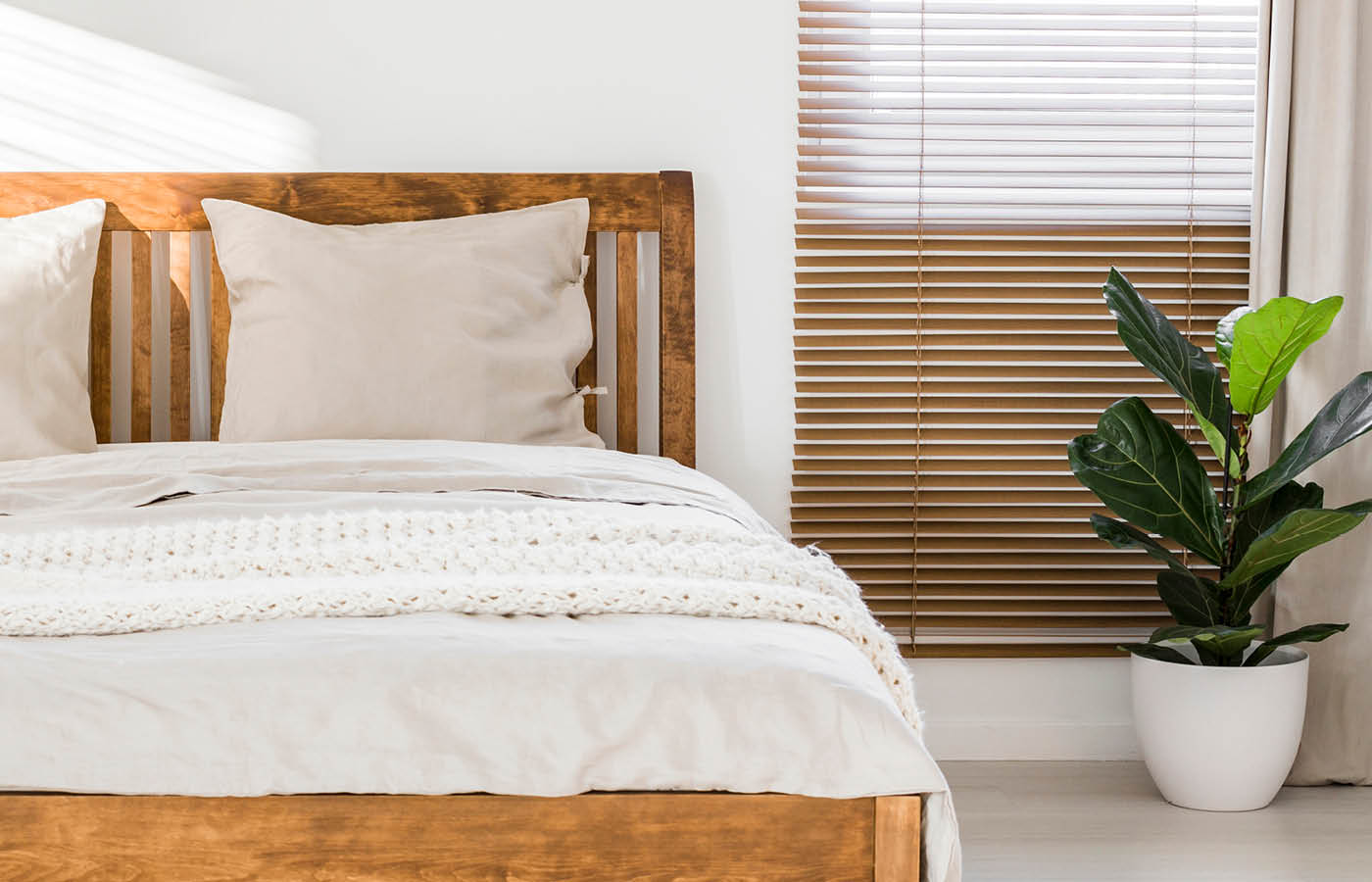
Size of Mattress
When determining the optimal height for your headboard, the size of your mattress is one of the most important considerations. Generally, a headboard should be placed two-thirds of the way up the mattress. This means that if you have a queen-sized bed, your headboard should come up to about 66 inches above the floor.
Bed Frame
The height of your bed frame should also be taken into account when deciding the optimal height for your headboard. If you have a platform bed frame that sits directly on the floor, you should select a headboard that is slightly lower than the two-thirds of the mattress rule. If you have a bed frame that is elevated from the floor, you can opt for a slightly taller headboard.
Ceiling Height
The height of your ceiling should also be taken into account when selecting the optimal headboard height. If your ceiling is low, you should opt for a lower headboard to avoid the headboard from hitting the ceiling.
Room Design
The overall design of the room should also be taken into account when selecting the optimal headboard height. If the room has tall ceilings, you can opt for a taller headboard. Alternatively, if the room has lower ceilings, you should opt for a lower headboard to avoid the headboard from overpowering the room.
Comfort
Ultimately, the most important consideration when determining the optimal headboard height is comfort. You should select a headboard height that allows you to recline comfortably while reading or watching TV.
In conclusion, when determining the optimal height for your headboard above the mattress, size of mattress, bed frame, ceiling height, room design, and comfort should all be taken into account. By considering these elements, you can determine how high your headboard should be above the mattress for optimal comfort and aesthetic appeal.
Measure for Optimal Headboard Height
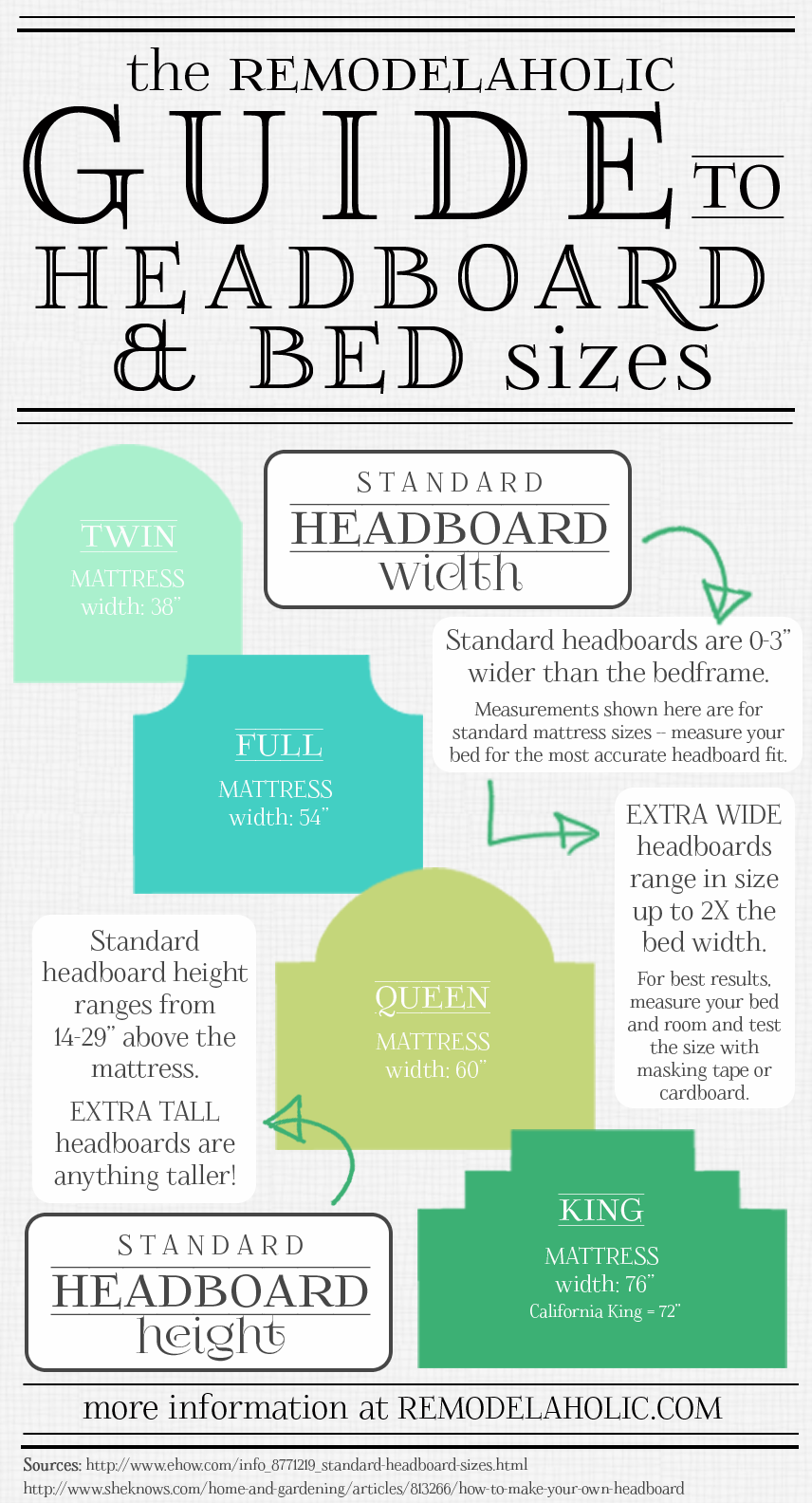
Step 1: Measure the height of your mattress. Be sure to include any box springs or pillow top layers.
Step 2: Subtract 12 inches from the measured height. This will determine the optimal headboard height.
- For King Size Mattresses: The optimal headboard height is 54 inches.
- For Queen Size Mattresses: The optimal headboard height is 48 inches.
- For Full Size Mattresses: The optimal headboard height is 45 inches.
- For Twin Size Mattresses: The optimal headboard height is 42 inches.
Step 3: Measure the room to determine the available space for the headboard. Make sure to consider any windows or furniture that may be in the way.
Step 4: Adjust the headboard height accordingly, if needed. If the headboard will be placed against a wall, the height should not exceed 6 inches above the mattress. If the headboard is to be placed in the center of the room, it can be up to 12 inches above the mattress.
DIY Fix for Low Headboards
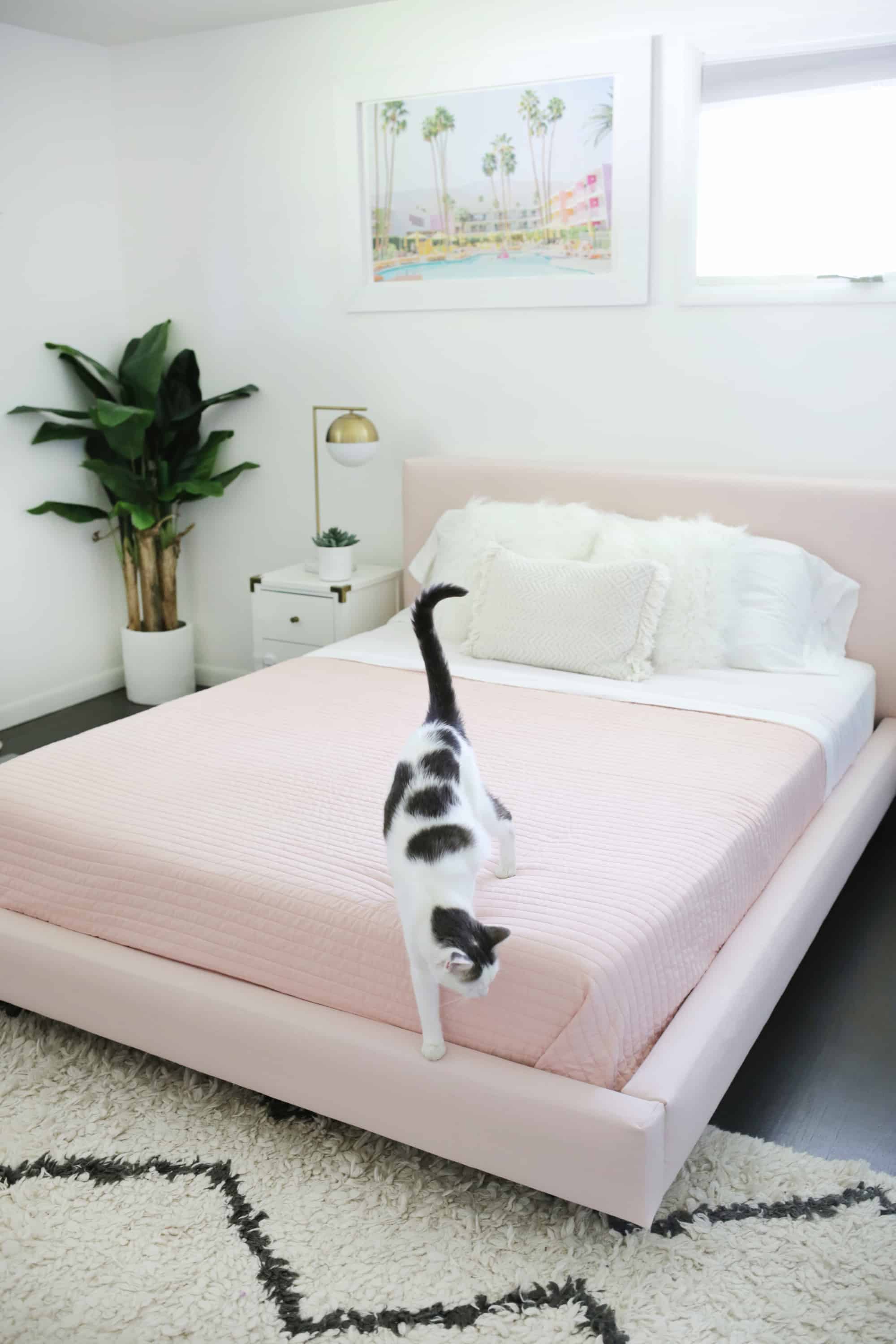
- Upholstery – If your headboard is too low, one of the easiest ways to raise it is to upholster it. By adding foam and batting, you can add several inches of height to your headboard. You can also opt to add a wooden frame to further raise the height.
- Attach a New Headboard – If your headboard is too low and can’t be upholstered, you can always attach a new headboard to your bed. You can opt for a taller headboard or one with a unique shape to give your bed a completely new look.
- Move the Bed – If you can’t raise the headboard, consider moving the bed itself. You can place the bed against a wall to give the illusion of a higher headboard. In some cases, you can also add a footboard to the bed.
- Add a Canopy – If your headboard is too low, you can always add some hanging fabric in the form of a canopy. Not only will this give your bed a unique look, but it will also make your headboard appear taller than it actually is.
Considerations for Different Types of Headboards
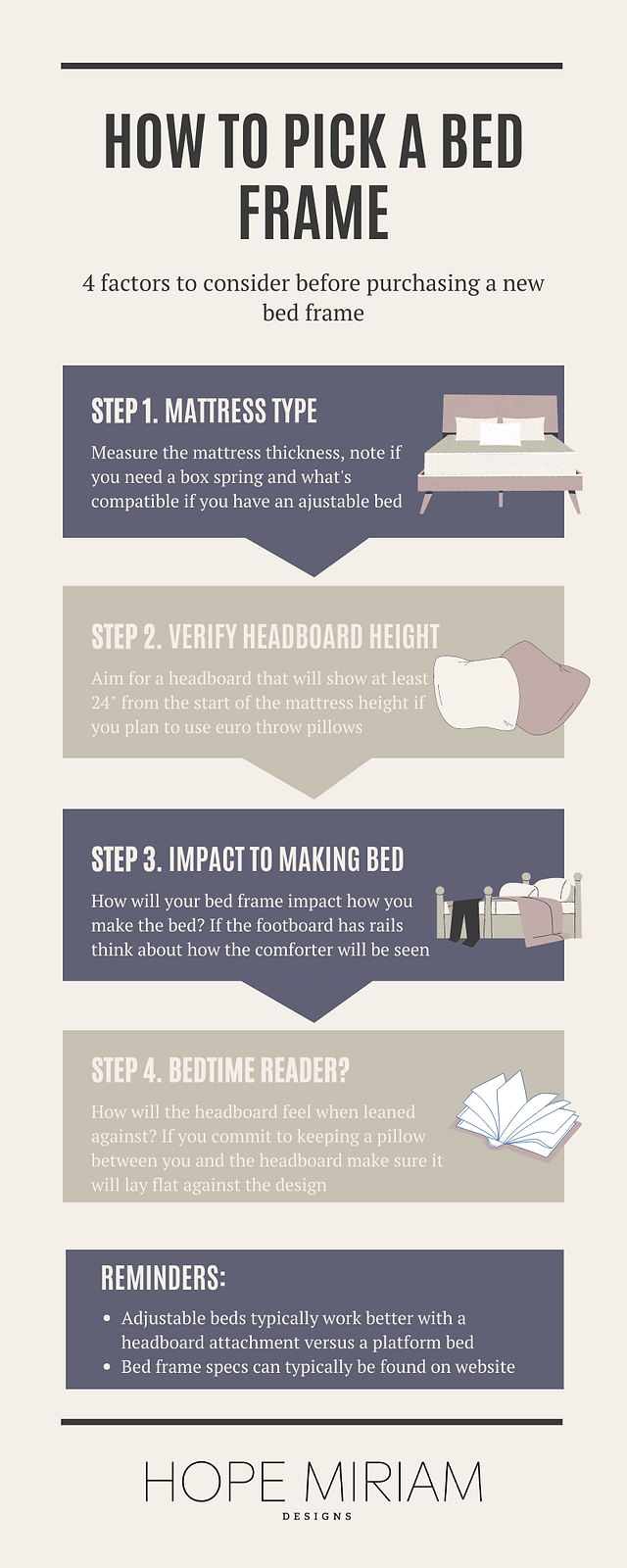
Upholstered Headboards
Upholstered headboards should be positioned so that the top of the headboard is approximately 5-6 inches above the top of the mattress. This provides a comfortable head and neck support while sitting up in bed.
Wooden/Metal Headboards
Wooden and metal headboards should be placed so the top of the headboard is approximately 10-12 inches above the top of the mattress. This allows for a comfortable back support while sitting up in bed.
Wall-Mounted Headboards
Wall-mounted headboards should be placed so the top of the headboard is at least 12 inches above the top of the mattress. This allows for a comfortable back support while sitting up in bed and offers a decorative accent to the room.
Benefits of Having the Right Headboard Height
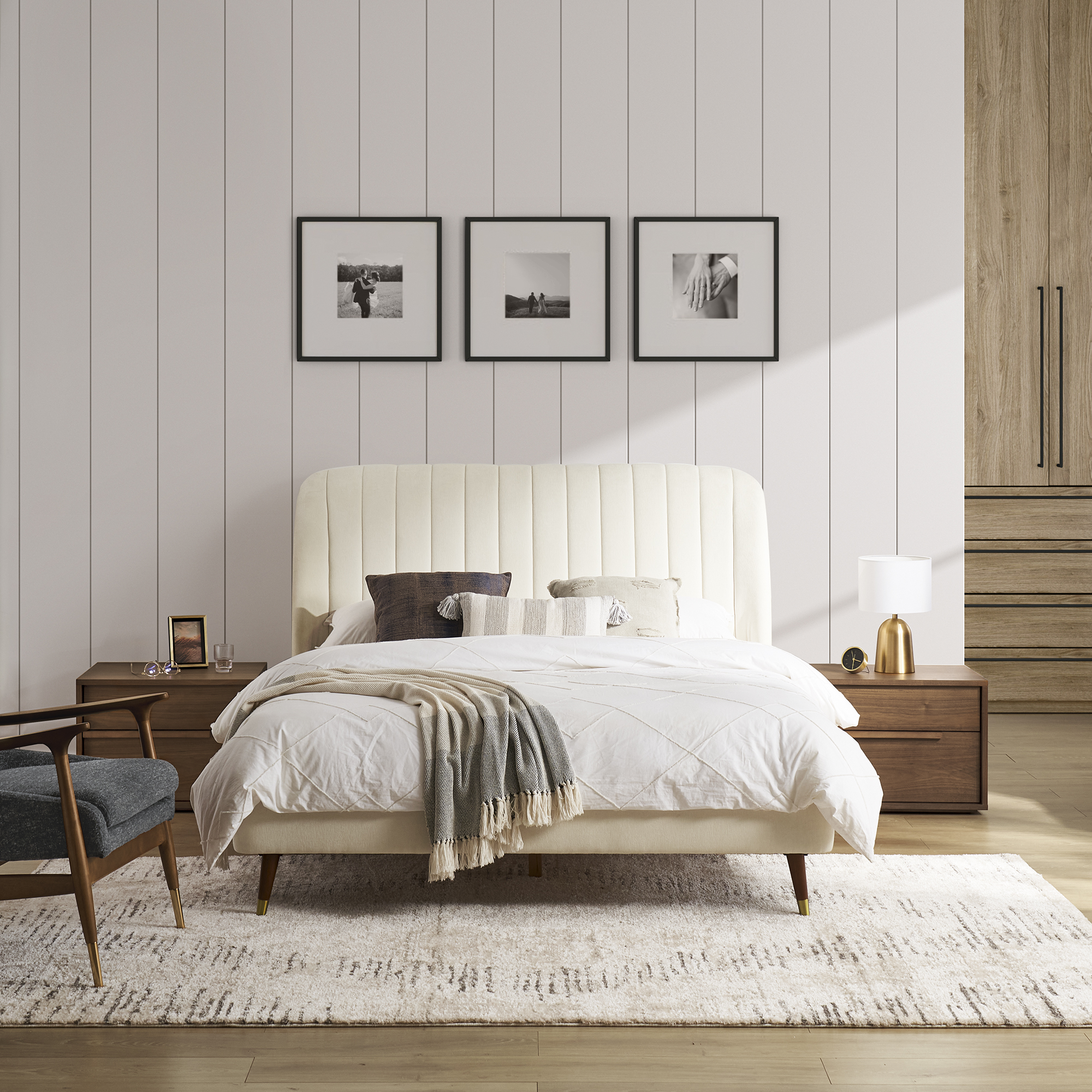
A headboard that is the right height provides a number of benefits, including improved comfort and better support for your body while you sleep. When your headboard is the right height, you can sleep in a position that is comfortable and ergonomic, reducing neck and back pain. Additionally, having the right headboard height makes it easier to get in and out of bed, as you won’t have to struggle to climb over the headboard. Lastly, having the right height headboard helps improve the aesthetics of your bedroom, creating a more pleasing and well-balanced look. Having the right headboard height is essential for a comfortable and restful sleep.
Common Mistakes When Choosing Headboard Height
Choosing the right headboard height is an important decision that should not be taken lightly. Unfortunately, many people make common mistakes when picking the right height. Here are some of the most common mistakes to avoid:
Not Measuring Properly – When measuring the height of your headboard, make sure to accurately measure the height of your mattress. Many people forget to factor in the height of their mattress, leading to the headboard being too high or too low.
Not Taking the Size of the Room into Consideration – The size of the room will also have an impact on the height of the headboard. Smaller rooms will require a lower headboard so as not to overpower the room, while larger rooms can accommodate a taller headboard.
Not Considering the Bedframe – The height of the bedframe also needs to be taken into consideration. If your bed has a taller frame, then a taller headboard will be needed to fill the space.
Not Considering the Height of the Person – The height of the person sleeping in the bed should also be taken into consideration. If a person is tall, then a taller headboard will be needed to provide proper support.
By avoiding these common mistakes, you can ensure that you choose the right headboard height for your bed. Taking the time to measure and consider the size of the room, bedframe, and person sleeping in the bed will help you find the perfect headboard height.
Frequently Asked Questions
What are the Main Benefits of Having a Headboard the Right Height Above the Mattress?
Comfort: Having the headboard at the right height helps ensure that your head and neck are supported properly when you lie in bed. The correct height will also be more comfortable for watching television or reading in bed.
Aesthetics: Having the headboard at the correct height can help create a more balanced and attractive look to the bed.
Functionality: Having the headboard at the right height can make it easier to use the bed for other tasks, such as using the headboard as a backrest when sitting up in bed.
How Does the Height of the Headboard Affect the Look and Feel of My Bedroom?
The height of the headboard plays a key role in the overall aesthetic of a bedroom. A headboard that is too low can look out of place and fail to provide the desired level of comfort. Conversely, a headboard that is too high can make the room feel cramped and can be visually overwhelming. Finding the right height for the headboard will ensure that it complements the other furnishings in the room and creates the perfect balance between style and comfort.
Are there any potential drawbacks of having the headboard too high above the mattress?
- Uncomfortable Sleeping Position: Having the headboard too high above the mattress can make it difficult to find a comfortable sleeping position. The headboard can press against your head and neck, making it difficult to maintain a comfortable and restful position while sleeping.
- Headaches: When the headboard is too high above the mattress, it can cause pressure against the head and neck, leading to headaches. This can be especially uncomfortable for those who already suffer from neck and back pain.
- Safety Concerns: If the headboard is too high above the mattress, it can be a tripping hazard. This can be especially dangerous for children who may be running around the bedroom.
What Measurements Should I Consider When Determining the Optimal Height for My Headboard?
The optimal height for your headboard depends on several factors, including the size of your bed frame, the height of your mattress, and the style of your headboard. Consider the following measurements when determining the best height for your headboard:
Bed Frame Size: Measure the height of your bed frame from the floor to the top of the mattress. This will determine how much space you have to work with for the headboard.
Mattress Height: Measure the height of your mattress from the top of the frame to the top of the mattress. This will help you determine the ideal height for the headboard to ensure it is comfortable to rest against.
Headboard Style: Consider the style of your headboard and how it will look in relation to the bed frame and mattress. Opt for a headboard that is slightly higher than the mattress for a sleek, finished look.
Are there any safety concerns I should be aware of when installing a headboard of any height above the mattress?
- Falling Risk: Installing a headboard at an excessive height may increase the risk of falling out of bed, especially for young children who may be prone to roll out of bed while sleeping. Make sure the headboard is installed at a safe height and is securely attached to the bed frame.
- Stability: It is important to ensure that all hardware is securely attached to the headboard and the bed frame. This will help to ensure that the headboard does not become dislodged or unstable with use.
- Weight Limit: Make sure you check the weight capacity of your headboard before installing it. Heavier headboards may require additional support to ensure the stability and safety of the bed.
- Sharp Edges: Be aware of any sharp edges or corners on your headboard. These could be a safety concern, particularly for children. Make sure to cover any sharp edges with padding or cushions to prevent any potential injuries.
Conclusion
When determining the optimal height for your headboard above the mattress, consider factors such as function, design, and the room’s size. The ideal headboard height for a single bed is 33-48 inches, while a king-sized bed is best served with a headboard that is 48-54 inches in height. Remember to measure the mattress before making any decisions to ensure the headboard fits properly.






